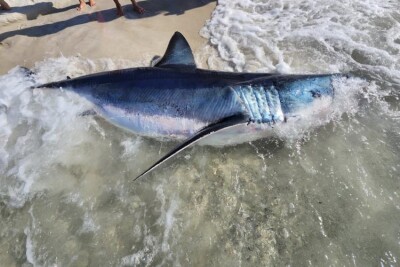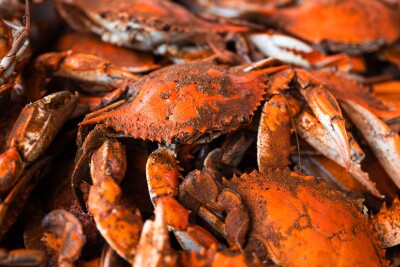For generations Maine's fishermen have used nature — both their own internal sense of navigation and measurements like water temperature — to find rich fishing grounds. But with increasing competition, broader distribution, more government regulations and a desire by customers to trace food sources, the seafood industry is turning to technology to help automate tasks from the boat through the dock, processors, distributors, wholesalers, retailers and onto the consumer's plate.
"Boat to Plate" is one such nascent effort by the Gulf of Maine Research Institute, the Maine Coast Fishermen's Association and other collaborators. The goal is within a few years to create a database including the boat, fisherman, catch, distribution and other information so the seafood can be traced if there's a food safety issue, and so consumers can download an app to learn about the fish on their plate using a QR or quick response code, the two-dimensional code that contains and retrieves more information more quickly than a traditional bar code.
"We're thinking of ways to get more value out of fish and catch more fish," explains Ben Martens, executive director of the Maine Coast Fishermen's Association in Brunswick. "Farmers are successful [in the farm-to-table movement]. Until recently, we haven't been."
Read the full story at MaineBiz >>
Read more about traceability >>






